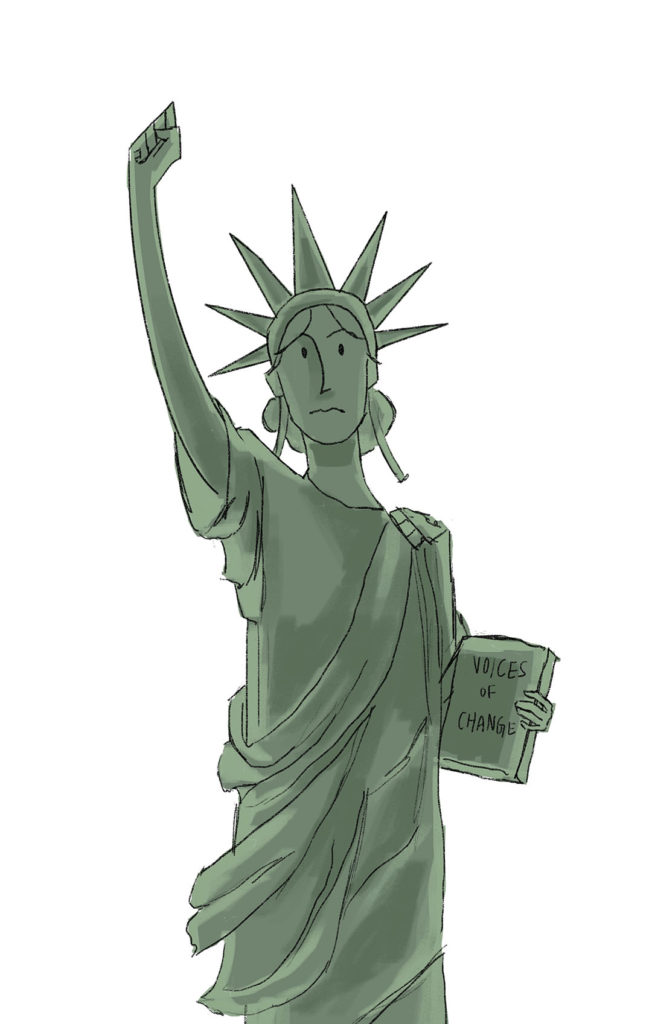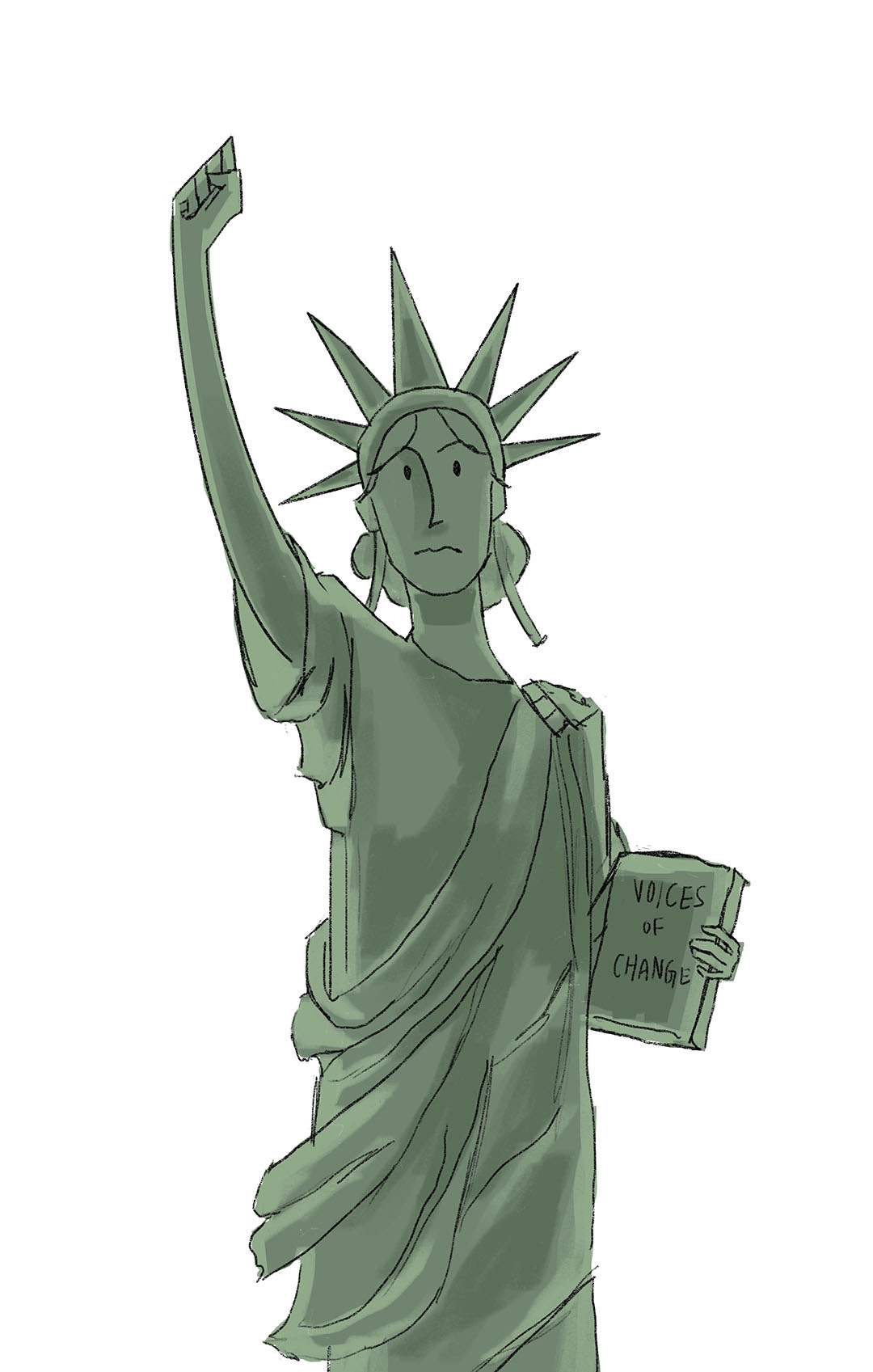
Protest is one of the rights given to U.S. citizens in the first amendment, but it remains a controversial topic. The last year alone has had truly historic examples of nationwide protest that have been cause for debate across the political board. Among many questions that have arisen, the standout ones seem to be: where do we draw the line between a protest and a riot? And why do these kids care so dang much?
To answer the second question first, well, this isn’t the first time the youth have turned out in droves for matters of national importance. And not just in general “youth”—college students in particular have been historically vocal about the prominent issues of the times, from voting rights to sit-ins at convenience stores.
The Vietnam War was a major issue across college campuses, where not only did many students disagree both with the circumstances of the war and with the use of chemical warfare, it was also men of this age who were going to be forced to fight.
“The May 1970 antiwar strikes became one of the largest coordinated sequences of disruptive protests in American history, with walkouts spreading across more than 883 campuses involving more than a million students,” wrote Amanda Miller in the article May 1970 Student Antiwar Strikes, which was written for the Mapping American Social Movements Project at UW. “Student protests were further galvanized when National Guardsmen opened fire on protesting students at Kent State University on May 4, injuring nine and killing four. The nationwide strike that ensued was, in many ways, the peak of the student antiwar movement.”
So how far is too far? The right to protest in and of itself isn’t dangerous or unruly. Its original intent was to ensure that citizens had a means of holding the government accountable. But even disruptive, yet nonviolent protesting gets a bad rap—sure, you can stand in the street, but not if you’re blocking my car! For some people, the line is drawn here. Others may be quick to dismiss the protests they disagree with, while others will still call it a riot.
Two protests in the past year were called riots by opposing sides. After the death of George Floyd, people turned out in droves to protest the unlawful killing of a black man by a police officer. While the initial crowd was sincere in both its mourning and intent, it is unclear what exactly incited the violence that took place there. There were many eyewitness accounts that conflicted, and many people claimed plainclothes police were among the crowd and encouraging violence. There were many videos taken showing people destroying property, and also police firing rubber bullets into crowds.
“How George Floyd’s death ignited a racial reckoning that shows no signs of slowing down,” read the headline of a CNN article written on August 9th, 2020.
“Rioting, looting linked to George Floyd protests leaves trail of destruction across American cities,” read the headline of a Fox News article on June 1st, 2020.
This illustrates the vast difference in how two sides of the political spectrum view these events.
In January of 2021, protesters showed up in Washington D.C. to protest what they claimed was manipulation of votes during the 2020 election, which meant that former President Trump would no longer be in office. There is video evidence of the mass of people breaking into the Capitol building and calling for former Vice President Mike Pence’s head.
“Weekend protests at state capitols stayed small amid heavy police presence,” read a CNN headline on January 17th. By the 18th, CNN is describing these events as an attack and insurrection.
Fox News had hardly any coverage on this story, and only covered it for about two days.
“US police weigh officer discipline after rally, Capitol riot,” read a Fox News headline on January 24th, two weeks after their last article about this event.
“A riot is the language of the unheard,” said Martin Luther King Jr. in his 1967 speech, “The Other America,” at Stanford University.
Perhaps this is so. If nothing else at all, it gets the public’s attention.


